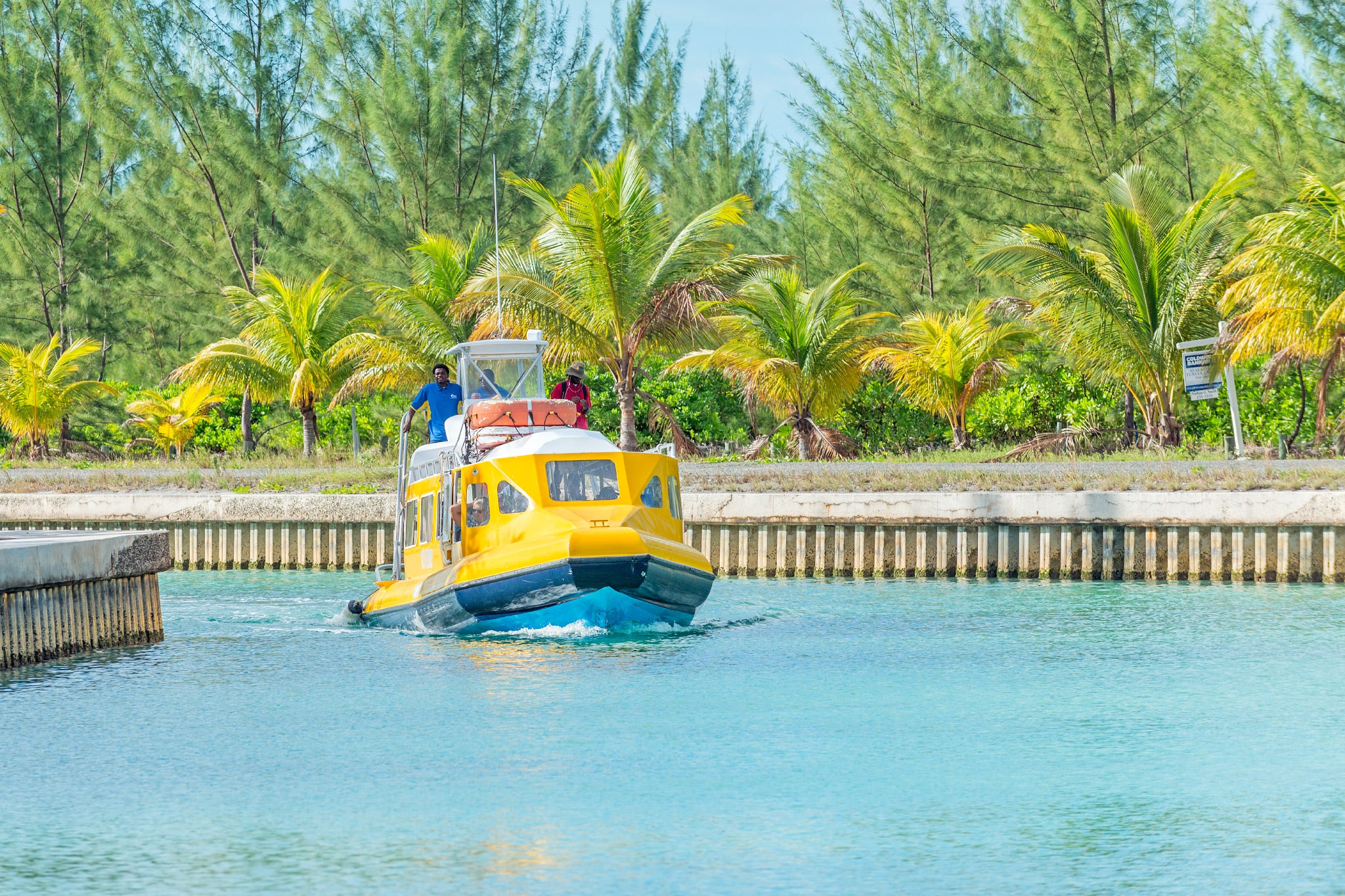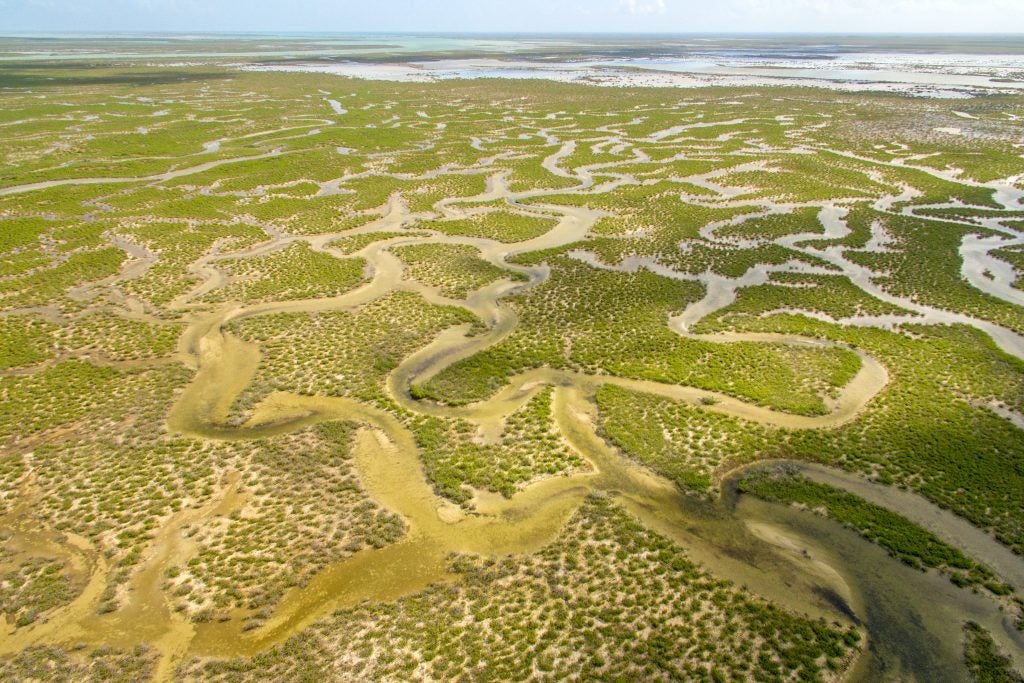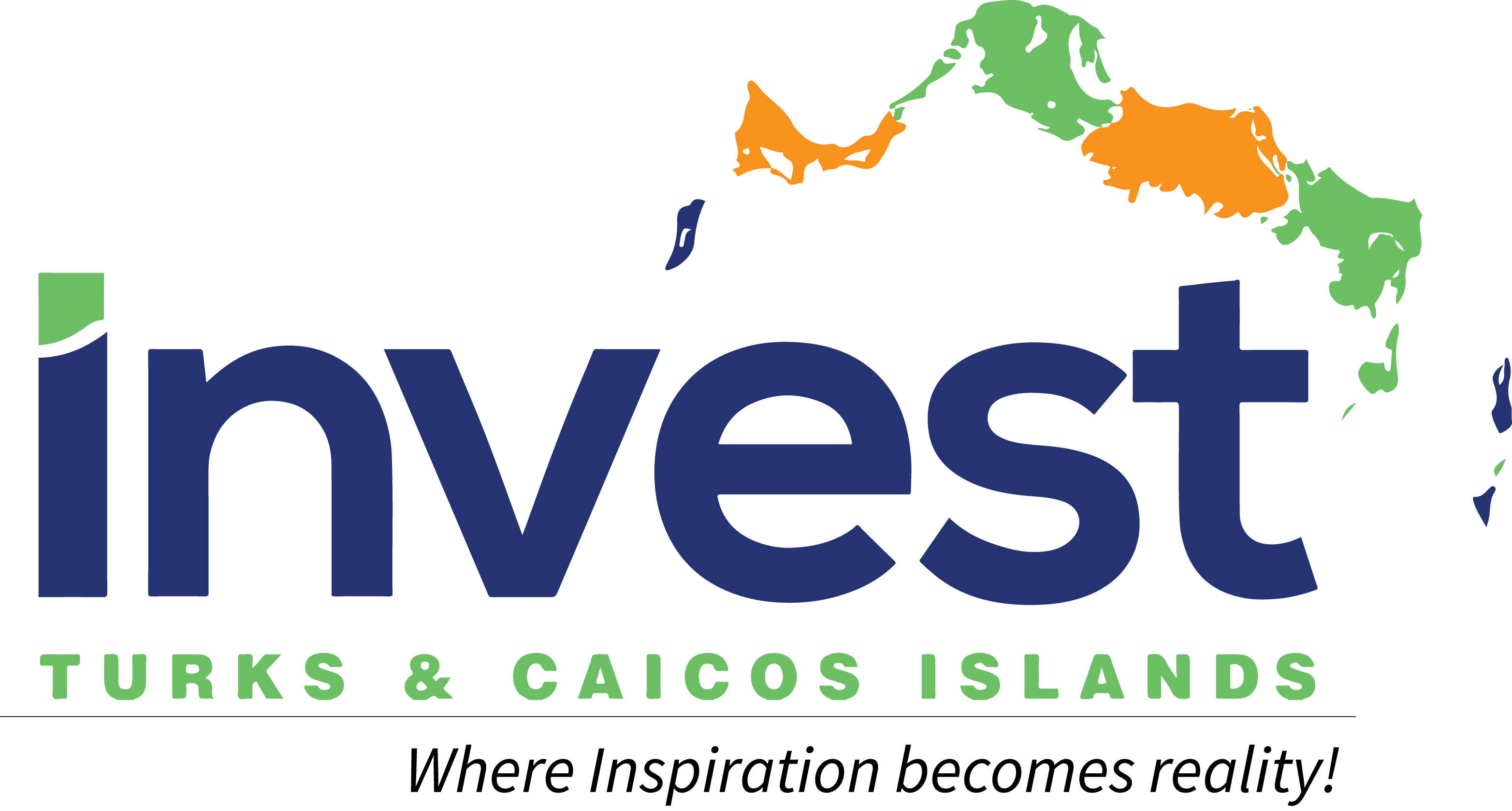
Traditionally, the Turks and Caicos Islands’ (TCI) economy has been heavily dependent on tourism to deliver economic growth. More recently, the financial services sector has also been attracting interest for investment on the islands – notably in newer areas such as fintech.
Yet the need to diversify the economy and open more revenue streams in TCI was never more apparent than at the peak of Covid-19, which effectively brought tourism, the main driver of the economy, to a juddering halt. While tourism in TCI has rebounded strongly post-pandemic, the slowing global economic growth highlights the need for greater socioeconomic development within the country.
However, the seeds for economic diversification were planted pre-Covid. A catalyst for this need was Hurricane Maria, which severely impacted the islands in 2017, temporarily shutting down the tourism industry the islands had come to depend on. As part of the long-term recovery, the National Physical Development Plan (NPDP) was published in 2020 and set the economic agenda for the next decade, outlining the potential areas for development and the suitability of certain islands for specific industries.
The Turks and Caicos government has set out its priority areas in a diversification strategy, focusing on agriculture, ICT and enabled services, and the Blue Economy (defined by the World Bank as the “sustainable use of ocean resources for economic growth, improved livelihoods and jobs, and ocean ecosystem health”).
Expanding economic activities
Supporting these areas could see resources diverted away from the stronger sectors to newer sectors that require support. The government-led plan emphasises bringing geographic balance to the TCI economy by avoiding an overreliance on one specific area or industry and expanding economic activities across the entire family of islands.
“If implemented correctly, diversification can help to manage volatility and provide a more stable path for equitable growth and development,” says Angela Musgrove, CEO of Invest Turks and Caicos.
“Not only will this diversification strategy help to shift the economy away from a single-income source towards multiple sources from a growing range of sectors and markets, it will also help to bring geographic balance to the economy by increasing economic activities in the family islands.
“In recent times, we have also seen diversification take on new relevance in the fight against climate change – diversifying away from vulnerable products, markets and jobs towards income sources that are low-emission and more climate resilient.”
Increasing exports while decreasing imports
A potential area of vulnerability for TCI is its heavy reliance on imports, particularly when it comes to food. As such, this makes the islands’ supply chain more susceptible to disruption.
Turks and Caicos import figures stood at $389.3m in 2016 and then rose to a pre-pandemic high of $487.6m in 2019 – an increase of almost $100m in the space of three years.
In contrast, total exports from Turks and Caicos were $4.5m in 2016, climbing to a pre-pandemic high of $5.8m in 2018. However, there are signs that a new economic strategy is starting to yield results. In the year of Hurricane Maria in 2017, exports suffered and dropped to $2.3m – having almost halved from the 2016 total of $4.5m. They rebounded strongly in 2018 with a total of $5.8m. Yet during the peak year of the pandemic in 2020, exports performed more resiliently with a total of $4.1m, avoiding the steep decline experienced in 2017. Most encouraging of all, there was a strong rebound in 2021 to reach a record export total of $11m, according to government data.
“As we move forward with the implementation of our strategy, through innovative and collaborative approaches, I anticipate the impact to be seen in not just the increase in foreign direct investment but also the increase in the number and value of linkages developed with our small business sector that underpins and support the economy in ways that are often overlooked and taken for granted,” explains Musgrove. “An increase in exports, fuelled by the intensification of our efforts to support the growth of sustainable businesses, has led to growth in the small business sector.
“These developments must of course translate to a more equitable distribution of wealth throughout our islands. I would be most satisfied that our Invest Turks and Caicos team has contributed significantly to a business environment where we have not just inspired dreams to move to reality, but more so we have created an investment environment that presents equitable opportunities to all.”
Looking at the bigger picture, GlobalData forecasts that real GDP in TCI will experience a compound annual growth rate of 12% from 2017–25, reaching 3.52% by 2025.
Boosting food security in the Caribbean
Food security is an increasing concern for many countries around the world amid geopolitical conflicts and instability brought on by climate change. To address this, the TCI government is seeking to produce more food on the islands and make greater use of the marine environments. As such, future economic areas intended for expansion include agriculture, aquaculture and fisheries.
“Agriculture is key for economic transformation and food security, and will play a critical role in achieving essential development goals as set out in the Vision 2040 document,” states Musgrove. “Already, the government is providing greater support to improve the sector’s sustainability, from increasing the labour force, which has long been insufficient to meet the needs of the sector, to providing new high-tech farming equipment to small farmers. Also, the government has increased cash grants and technical assistance to the sector.”
The ten-year NPDP highlights the need for each island to be able to produce a greater proportion of its food for inhabitants and visitors through partnering with hotels, restaurants and retailers. The NPDP outlines plans for North Caicos to bolster its economic output by adding agriculture to its tourism industry. Improved ferry connections will enable food to be transported between the islands more easily.

According to GlobalData figures, TCI has approximately 1,000 hectares of arable land, yet North Caicos is the only island where traditional agriculture is feasible due to its soil topography. However, emerging technologies such as hydroponics dramatically increase the capacity to grow greater varieties of foods using less land – especially if vertical farms are used. This not only significantly increases the potential for food production in North Caicos but also opens up possibilities for other islands to grow more of their food.
Increasing food production also introduces the further potential for exports. In addition, the islands’ history in salt production could also see a resurgence. While salt is not expected to be a major economic driver, it could still contribute to the economy.
Harnessing the Blue Economy
The Blue Economy constitutes a significant part of economic growth plans in the Turks and Caicos, which is perhaps not surprising for a nation made up of 40 islands and cays. The surrounding marine environment presents numerous potential resources for unlocking economic revenue.
A key existing economic driver is seafood, which is among the major exports from TCI, notably lobster, and dried and fresh conch. To prevent overfishing, there are strict controls throughout the islands.
To expand the potential revenues available, the government is also exploring the prospect of aquaculture – effectively farming for specific types of seafood such as fish, shellfish and crustaceans. When managed correctly, aquaculture can produce reliable supplies of seafood that are concentrated over much a smaller area than traditional fishing practices, while also allowing marine life to thrive elsewhere.
Tourism also plays an integral part in the Blue Economy, and there are plans in TCI to support the growth of the diving industry, with world-class dive sites that can be accessed much more quickly than other destinations around the world due to the islands’ position on top of a 3,000-square-mile elevated plateau, meaning that 7,000ft diving walls are available just 500 yards offshore in some instances. Additionally, other activities such as bonefishing and kite surfing represent opportunities for further tourism revenue for the Turks and Caicos.
While there also is much potential in biotechnology, where the biology and chemistry in the marine environment enable the development and manufacture of new materials. For example, seaweed is currently attracting attention for its ability to not only sequester large quantities of carbon dioxide but also the potential of its fibres to provide alternatives to single-use plastics for the packaging industry.
Renewable energy from the marine environment is another significant untapped opportunity for revenue in TCI, with recent breakthroughs in tidal energy providing much potential for an island nation – with times of generation reliably linked to a tide cycle. Finally, carefully managed seabed mineral extractions could yield substantial financial benefits.
Expanding technology capabilities in Turks and Caicos
Technology expansion is a key priority area within the Turks and Caicos’s economic plans, with the ambition to establish TCI as a technology hub. Improvement in ICT infrastructure also has benefits for investment and employment across other important sectors such as education, health, agriculture, tourism and financial services, with government incentives being considered to stimulate investments.
Meanwhile, there are plans to implement programmes to establish Turks and Caicos as a destination for the growing numbers of remote workers, who typically only need internet access and a laptop to do their jobs. In effect, their office can be anywhere. Central to this is expanding the fibre-option network from a single cable to a secondary cable. While bringing in a secondary fibre-optic cable will require considerable investment, the government believes that it will be worth it in the long term.
Other technological areas considered in the NPDP are cloud and data centres. The advantage of having cloud and data centres on the islands is that it removes the need for data to be sent overseas. While such infrastructure is considered energy-intensive, the potential for powering them by solar, wind or even tidal sources could significantly lessen any environmental impact within TCI.
To find out more about the essential legal information for investing in Turks and Caicos, download the specially commissioned white paper on this page.


